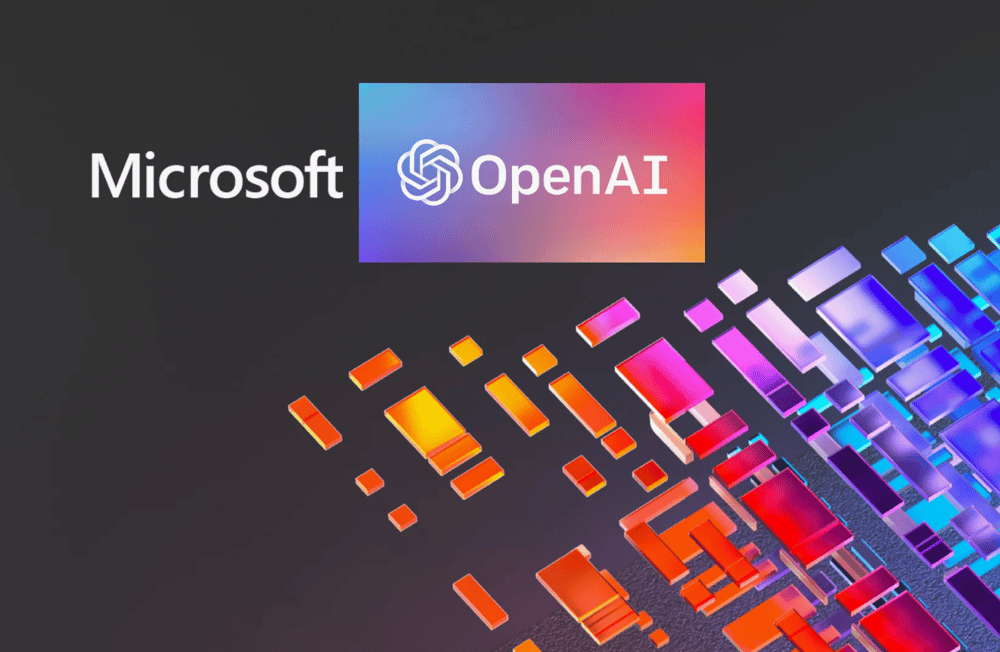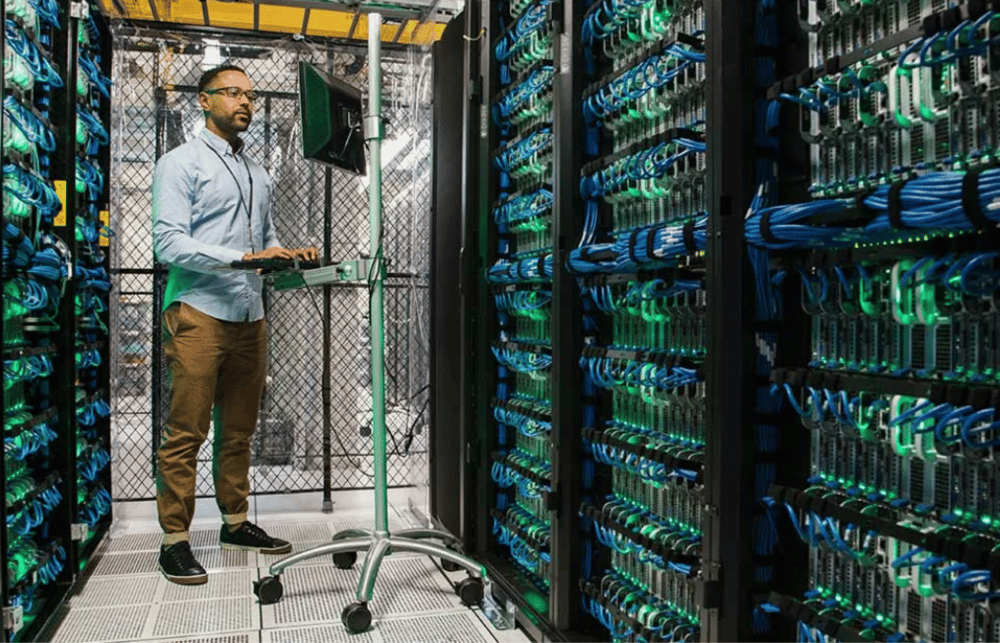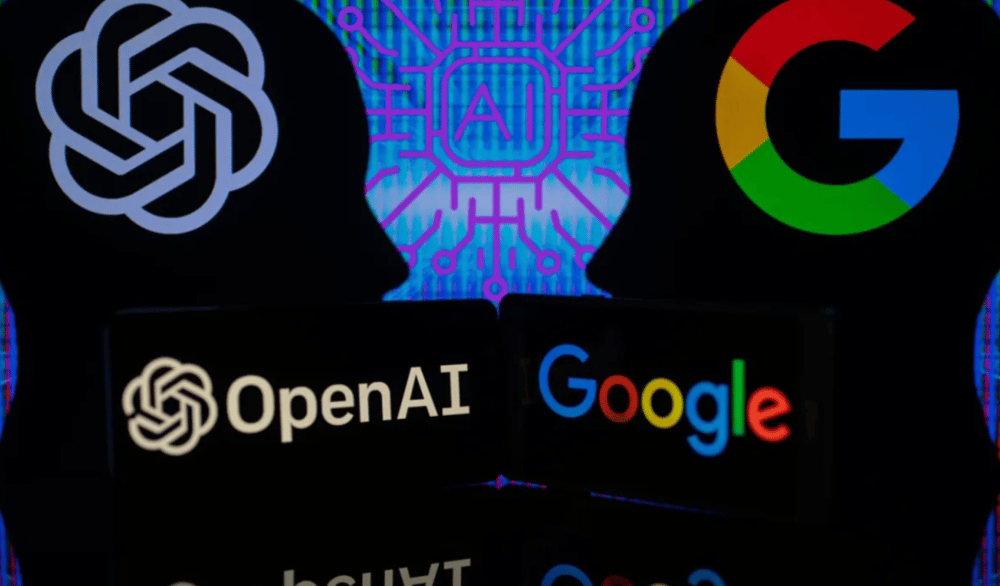OpenAI Partners with Alphabet for Google Cloud Services Amid Rising AI Infrastructure Demands
In a notable development that signals a shift in AI infrastructure dynamics, OpenAI, one of the world’s leading artificial intelligence developers, has agreed to integrate Google Cloud—a product of Alphabet Inc. $GOOGL —into its ecosystem. This move comes despite Alphabet's status as a direct competitor through its AI unit, Google DeepMind.
The agreement was finalized in May, according to sources familiar with the matter, and highlights the rising need for scalable, diversified cloud infrastructure to support large-scale AI model training and deployment. It also reflects the escalating hardware requirements behind generative AI and large language models (LLMs), where even tech giants are being pushed to expand beyond primary cloud partners.
A Competitive Truce Driven by Compute Scarcity
The deal marks a notable pivot for OpenAI, which has historically relied heavily on Microsoft $MSFT —its primary investor and strategic cloud partner—for computational resources via Azure. However, the addition of Google Cloud to OpenAI’s compute stack suggests that AI workloads are growing faster than any single cloud provider can serve.
By tapping into Google’s TPU (Tensor Processing Unit) infrastructure, OpenAI is likely aiming to diversify supply chains, reduce operational risk, and accelerate innovation in its high-performance training clusters, including the much-publicized Stargate supercomputer project. This strategy reflects a broader trend in the AI space, where performance, redundancy, and multi-cloud compatibility are becoming competitive differentiators.

Quick Facts
🤝 OpenAI finalizes a partnership with Google Cloud.
☁️ The deal supplements existing infrastructure support from Microsoft Azure.
🔧 Aimed at meeting escalating compute needs for training and running LLMs.
🌐 The agreement was reached in May 2025, after months of negotiation.
📊 Highlights the multi-cloud strategy trend among leading AI developers.
Extended Analysis: Market Reaction and Expert Commentary
This unlikely collaboration has not gone unnoticed. Market analysts see the OpenAI–Google Cloud deal as a pragmatic step rather than a signal of strategic realignment. While OpenAI and DeepMind remain in competition, the need to access advanced cloud infrastructure—particularly AI-optimized chips and storage architecture—has become paramount.
Furthermore, this move intensifies pressure on cloud market incumbents, especially Amazon Web Services, which now risks being outflanked in the AI hosting race unless it innovates at a comparable scale. The partnership also underscores the evolution of hyperscale compute procurement, where cloud neutrality, regional availability, and cost-performance balance now trump traditional loyalties.

Key Points
OpenAI diversifies away from Microsoft for critical AI compute infrastructure.
Alphabet enters OpenAI's cloud supply chain despite ongoing competition via DeepMind.
The agreement enables OpenAI to leverage Google’s custom AI chips (TPUs) and network edge advantages.
The deal sets a precedent for coopetition—cooperation among competitors—in the AI race.
The move may pressure other AI firms and hyperscalers to pursue similar multi-cloud or cross-competitive strategies.
The Emergence of Cloud-Neutral AI Ecosystems
The partnership between OpenAI and Alphabet's Google Cloud signals a new era of collaboration in the artificial intelligence sector—one where infrastructure constraints supersede competitive boundaries. As AI training requirements continue to surge, the industry is moving toward cloud neutrality, where performance, capacity, and reliability outweigh traditional exclusivity.
This development also shows how AI compute economics are dictating strategic alliances, forcing even high-profile competitors to engage in practical partnerships. In the long run, the convergence of cloud and AI infrastructure through such cross-pollination may accelerate global AI innovation—but also concentrate it within a few cloud superpowers capable of handling the workload.















Comments